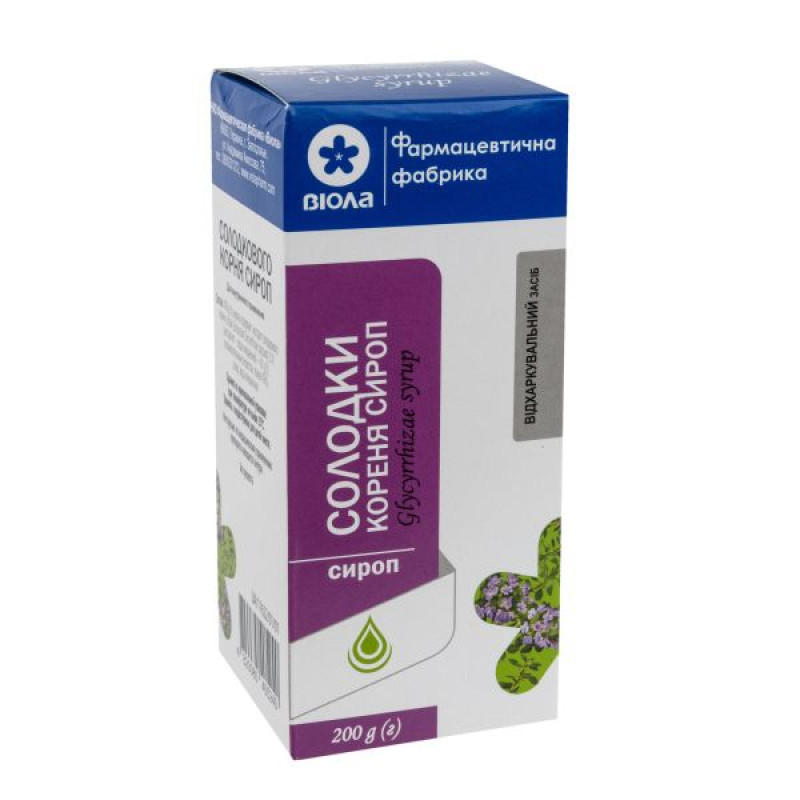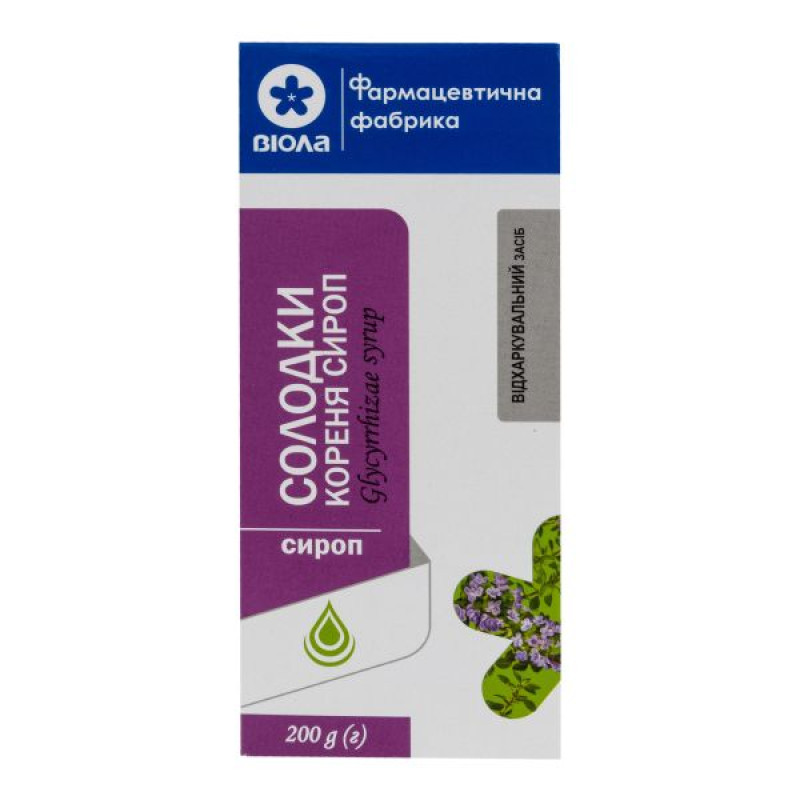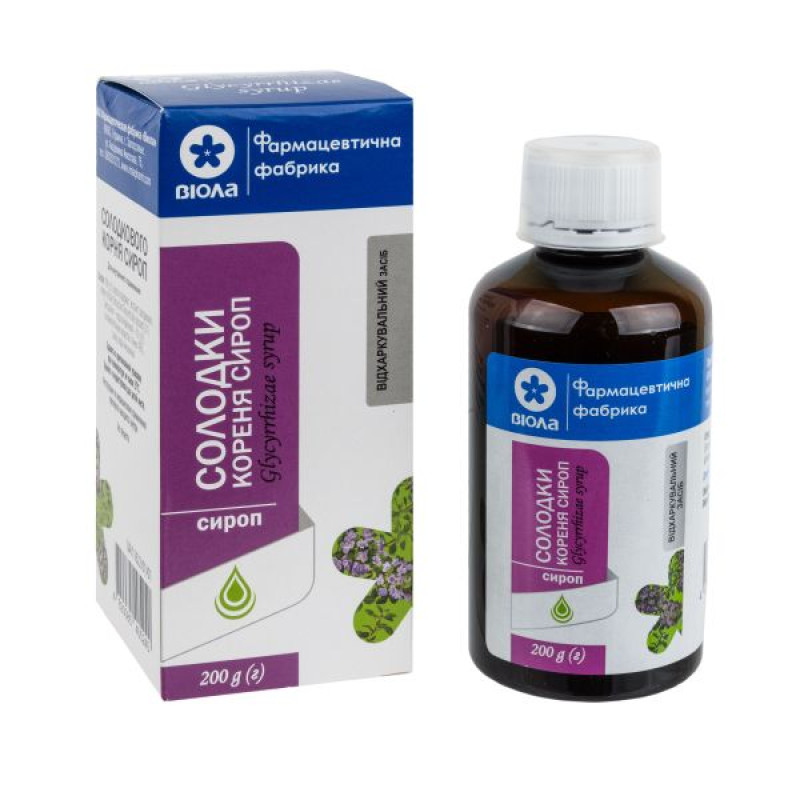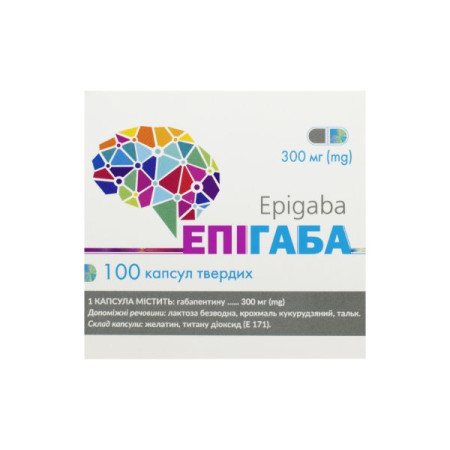Licorice root syrup glass bottle 200 g

Instructions Licorice root syrup glass bottle 200 g
Composition
active ingredient: thick licorice root extract (Extractum Glycyrrhizae spissum) (3:1) (extractant – purified water);
100 g of syrup contains thick licorice root extract (Extractum Glycyrrhizae spissum) (3:1) (extractant – purified water) – 4 g;
excipients: ethanol 96%, sugar, purified water.
Dosage form
Syrup.
Main physicochemical properties: thick brown liquid with a specific odor.
During storage, sedimentation is allowed.
Pharmacotherapeutic group
Means used for coughs and colds. Expectorants. ATX code R05C A.
Pharmacological properties
Pharmacodynamics
Licorice roots contain glycyrrhizin, potassium and calcium salts of glycyrrhizic acid, flavone glycosides (liquiritin, liquiritigenin, liquiritoside). The expectorant effect of licorice preparations is associated with the content of glycyrrhizin, which stimulates the activity of the ciliated epithelium of the trachea and bronchi, enhances the secretory function of the mucous membranes of the upper respiratory tract.
The antispasmodic effect of the drug on the smooth muscles of the respiratory tract is due to the presence of flavone compounds, among which the most active is liquiritoside, the anti-inflammatory (corticosteroid-like) effect is due to the presence of glycyrrhizic acid, which is released during the hydrolysis of glycyrrhizin.
Pharmacokinetics
Didn't study.
Indication
In the complex therapy of infectious and inflammatory diseases of the respiratory tract, accompanied by difficult sputum discharge and cough (acute and chronic bronchitis, tracheobronchitis, pneumonia, bronchiectasis).
As an adjuvant for chronic hyperacid gastritis.
Contraindication
Hypersensitivity to any of the components of the drug, diabetes mellitus, impaired liver and kidney function, arterial hypertension, hypokalemia, severe obesity.
Interaction with other medicinal products and other types of interactions
Hypokalemia (resulting from excessive use of licorice root) may be exacerbated by interactions with cardiac glycosides, antiarrhythmic drugs, and drugs that affect heart rhythm (e.g., quinidine).
When used together with drugs that cause hypokalemia (thiazide and loop diuretics, adrenocorticosteroids and laxatives), electrolyte imbalance may occur. Therefore, Licorice Root Syrup should not be used for a long time simultaneously with the above-listed drugs.
When using any other medications at the same time, you should consult a doctor.
Application features
The syrup contains sugar, so the drug should not be used by people with diabetes.
The alcohol content in 1 ml is at least 5%.
Use during pregnancy or breastfeeding
The drug is contraindicated during pregnancy, as licorice increases estrogen levels, which disrupts hormonal balance. The drug is contraindicated during breastfeeding.
Ability to influence reaction speed when driving vehicles or other mechanisms
During the use of the drug, you should refrain from driving vehicles and working with potentially dangerous mechanisms.
Method of administration and doses
Adults and children over 12 years of age should take 1 tablespoon or 3 measuring spoons (15 ml) of syrup after meals 3-4 times a day.
The duration of the treatment course is determined by the doctor individually for each patient, taking into account the severity and characteristics of the course of the disease, the stability of the achieved therapeutic effect, and the tolerability of the drug.
Children: Do not prescribe the drug to children under 12 years of age.
Overdose
In case of overdose, side effects may be intensified. Treatment is symptomatic.
Adverse reactions
With individual hypersensitivity, allergic reactions may develop, including rashes, itching, skin hyperemia, and swelling.
Prolonged use of licorice preparations in excessive doses can cause water and electrolyte imbalance and lead to edema, hypokalemia; in some cases, increased blood pressure, hypokalemic myopathy, and myoglobinuria are possible.
If any adverse reactions occur, the patient should stop using the drug and consult a doctor!
Expiration date
2 years. Do not use the drug after the expiration date indicated on the package.
Storage conditions
Store in the original packaging at a temperature not exceeding 25 °C.
Keep out of reach of children.
Packaging
100 g in glass or polymer bottles in a pack or without a pack;
200 g in glass bottles in a pack or without a pack; 200 g in polymer bottles with or without a nozzle in a pack or without a pack.
Vacation category
Without a prescription.
Producer
Location of the manufacturer and its business address
Ukraine, 69063, Zaporizhia, Kirova St., 75.
There are no reviews for this product.
There are no reviews for this product, be the first to leave your review.
No questions about this product, be the first and ask your question.










